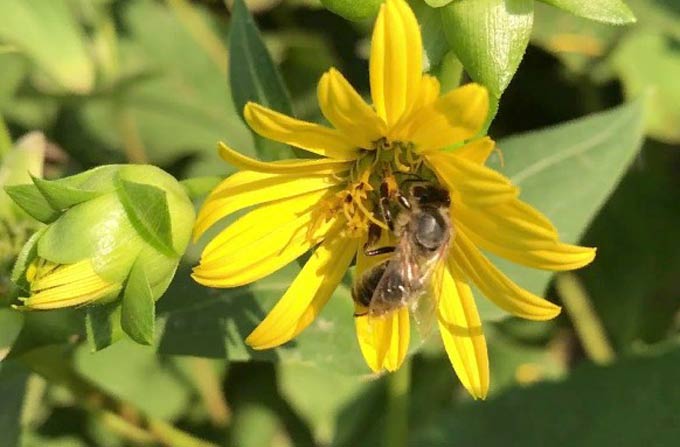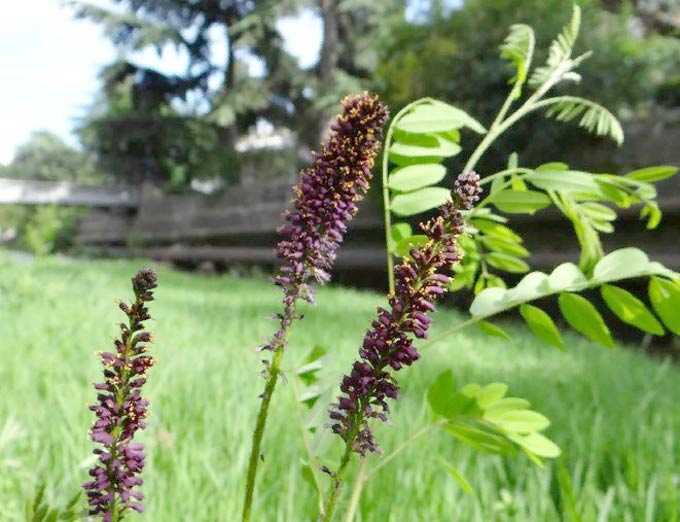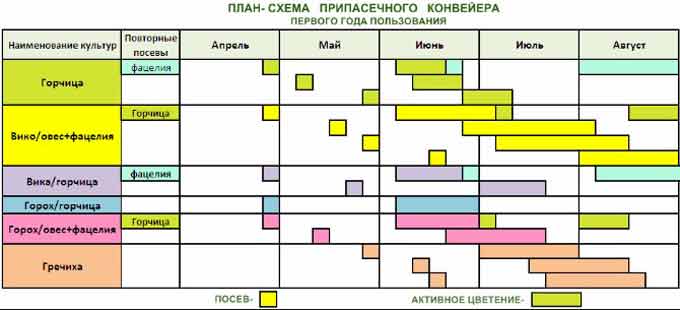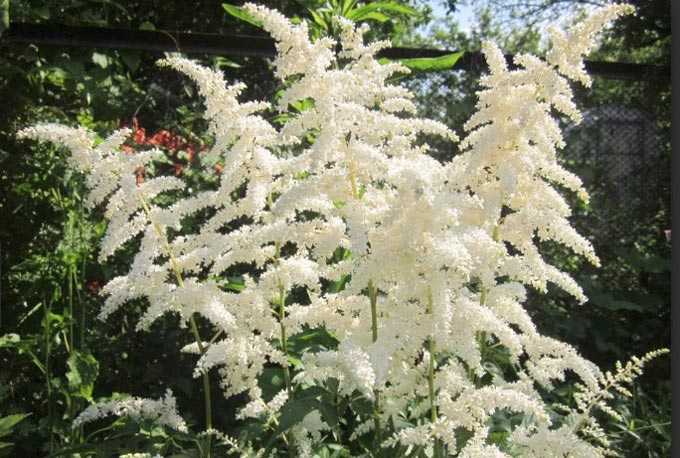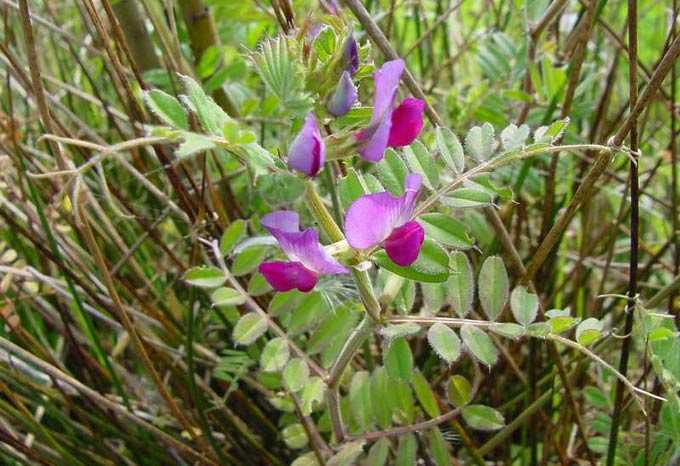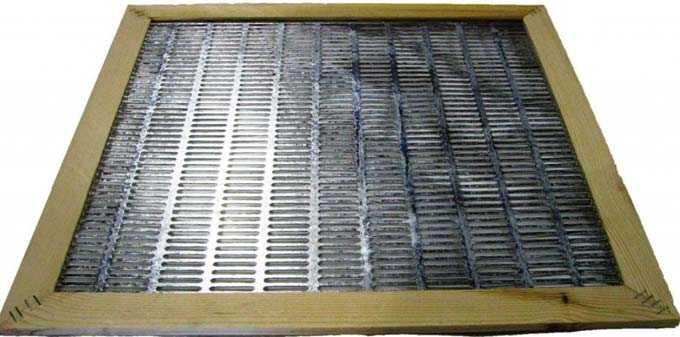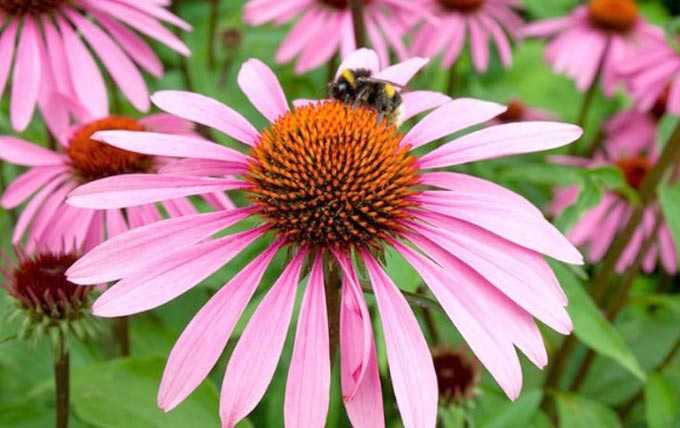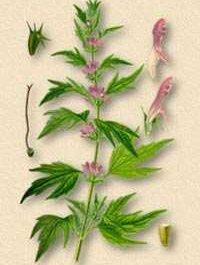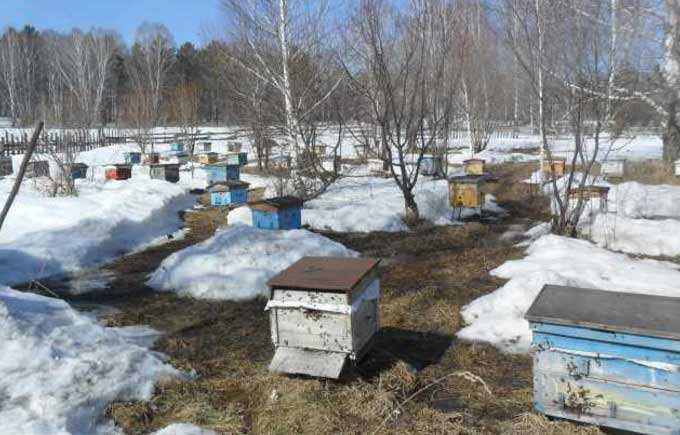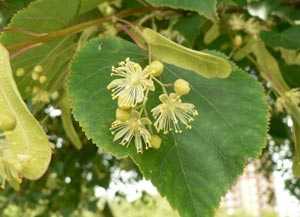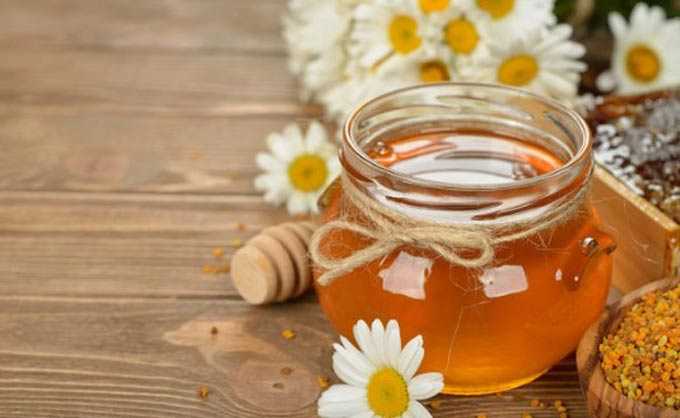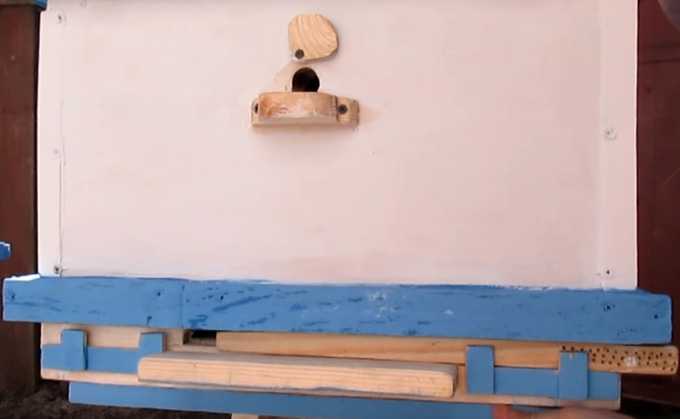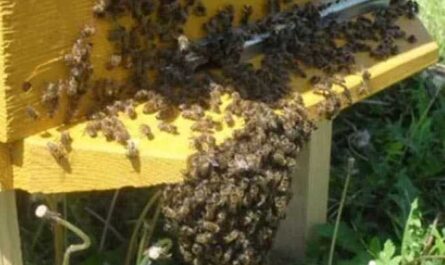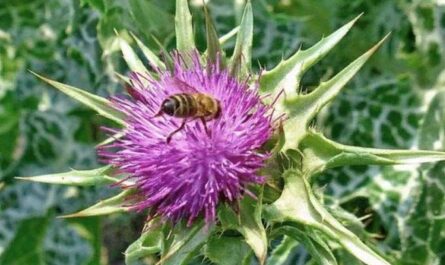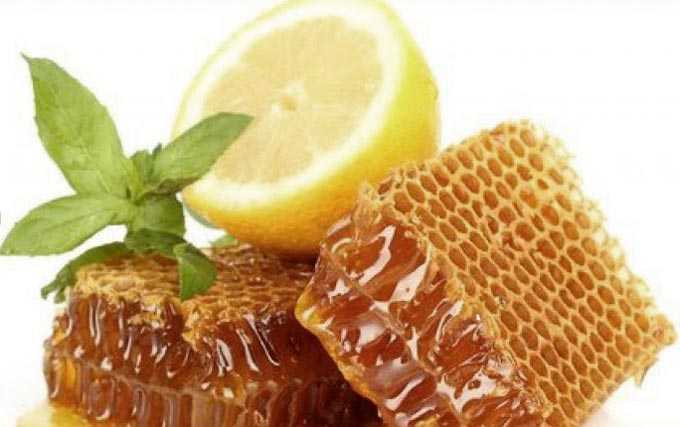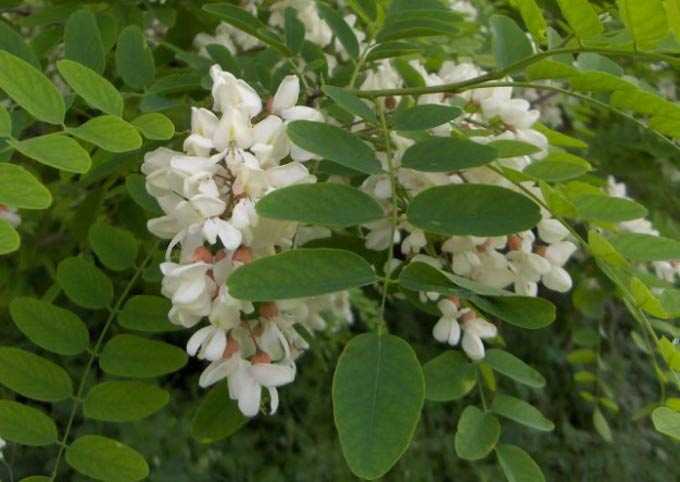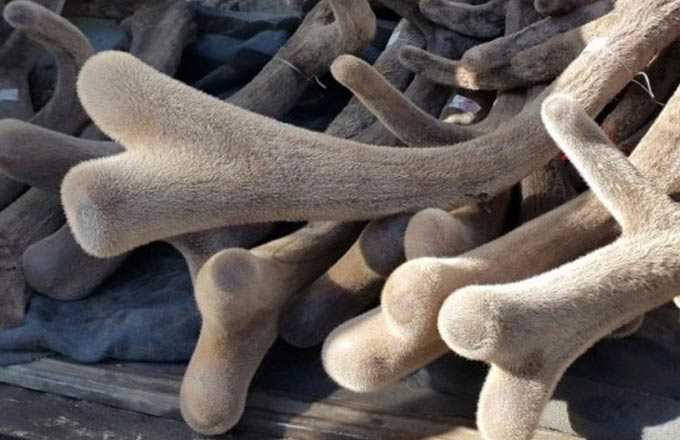Sylphia is a pierced-leaved honey plant from the Asteraceae family. In beekeeping, it is a valuable summer nectar plant and pollen plant.
The content of the article
- 1 Distribution and Description
- 2 Significance for agriculture
- 3 Agrotechnics
- 4 Honey productivity
- 5 Useful Properties
Distribution and Description
The culture was introduced from North America and is now widely cultivated throughout European territory.
A 50 year old plant can grow up to three meters tall! Leaves are wide, 30 cm, dark green. They are located along their entire length on numerous large tall stems of grass.
On each stem, in the upper part, up to 50 or more baskets with bright yellow large inflorescences (3 to 5 cm in diameter) are formed. One plant can count up to two thousand fragrant flowers!
The main feature of this culture is the remontant type of flowering: flowers are formed on the lower branched stems and gradually bloom from bottom to top throughout the plant (there are four to five decades of flowering for the entire period).
Significance for agriculture

In terms of chemical composition, the grass is in no way inferior to other forage crops. It has a high content of protein (in which 17 essential amino acids are found), vitamins, microelements, which makes this crop indispensable for livestock and poultry farming. Green fodder is well absorbed by animals, increasing milk yield in cattle.
It is recommended to use grass for feeding rabbits, nutria, sheep, pigs, cows and other herbivorous domestic animals. For poultry, grass flour is made, which is in no way inferior in quality to legumes.
For bees, the plant provides a good food base in the summer.
Agrotechnics
On the territory of Ukraine and Russia, the culture is not yet popular among farmers – many do not know about its usefulness and high yield.
The plant itself is frost-resistant – it can withstand up to -20 degrees. Moderate climatic conditions are not terrible for him. Sylphia is a high-yield crop (the duration of mass use reaches 30 years).
If the season is favorable for weather conditions, the grass is cut up to three times during the growing season. In dry conditions, it is best to make only one bevel so as not to weaken the plant.
On a note. The honey plant is cultivated in humid areas: in ravines, gullies, lowlands. It is not recommended to grow sylphia on wetlands!
Before planting, the soil itself must be well fertilized and processed in several stages. Here are the basic agrotechnical rules:
- Manure (60 tons per hectare), phosphorus (90 tons) and potash (120 tons) fertilizers must be applied. This is done just before plowing.
- The recommended plowing depth is up to 25 centimeters. Moreover, processing is carried out at the earliest possible date.
- Weeds are destroyed until late autumn (semi-steam method).
- Before sowing, the soil is compacted with rollers, which ensures uniform seed placement.
The culture is propagated in two ways:
- Seeds – they are sown 2 weeks before the autumn freezing of the soil. During the winter, there is a natural selection of good seeds, after which they receive friendly sunrises. Sylphia is also allowed to be sown in spring. But this method will require preliminary stratification of the seed.
Sowing is performed in wide rows with 70 cm row spacing. Seed consumption per hectare – from 12 to 15 kilograms.
- Rhizomes, for which 3-5-year-old plants are used. In late autumn or spring, the bushes are divided into four equal parts, leaving 3 buds in each. They are planted in prepared soil.
The width between the rows is the same – 70 centimeters. The distance in the row is selected based on the number of four seedlings per meter.
In the first season, in late autumn and early spring, the aisles are carefully loosened. After the first cut, it is recommended to repeat inter-row cultivation for fast vegetation.
In subsequent years, the culture does not require much maintenance. Starting from the second year of life, the plant develops rapidly, tightening the aisles and suppressing weeds.
Important! This grass quickly depletes the soil. Therefore, to obtain a high yield, it is necessary to fertilize the soil with nitrogen fertilizers in the spring and summer (after the first mowing) period.
Honey productivity
The flowering period is from July to September, depending on climatic conditions and the number of grass cuttings. The duration of flowering of one flower is 1,5 days, and the whole basket is up to 8 days.
The maximum honey yield for the pierced-leaved sylphia is 360 kilograms per hectare. Such indicators were recorded in Western Georgia. In other climates, the results may be lower.
Also, the plant emits a large amount of yellow pollen.
Honey collected from sylphia has a beautiful yellowish hue. Its taste is subtle, bitter. Crystallizes slowly.
Useful Properties
This type of honey has pronounced anti-inflammatory properties.
It is useful:
- with colds;
- with throat diseases;
- with bronchitis and pneumonia.
Also in folk medicine, it is recommended to use it for nervous disorders, neurology, insomnia.

